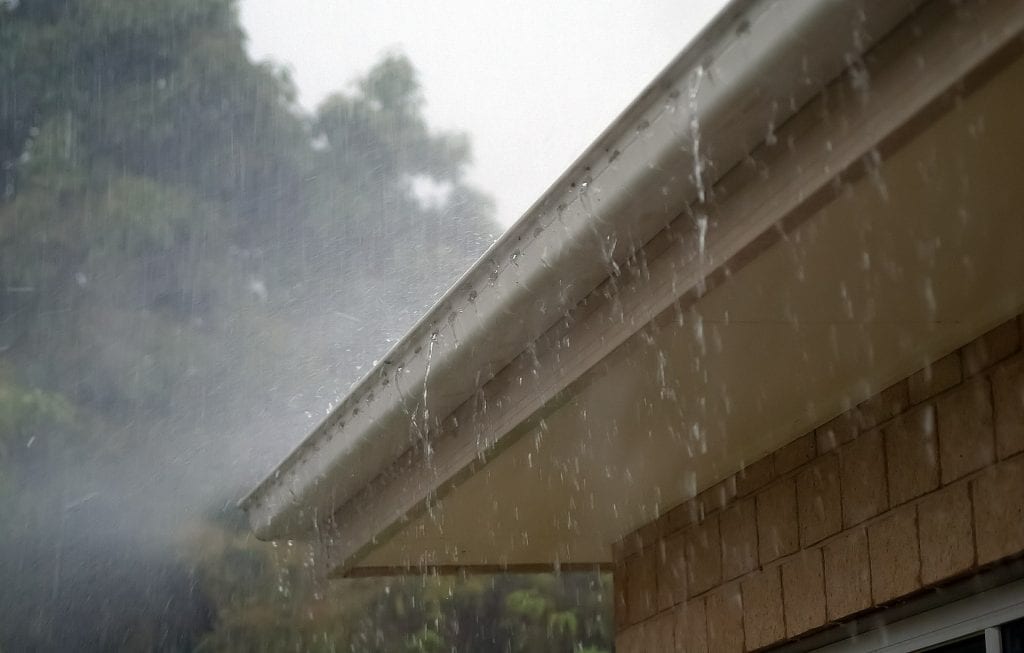

By Lance McCarthy
Do you find your house mysterious and perplexing?
I have decided to bravely serve as tour guide to the home. Each month I will dedicate one of my columns to illuminating some part of the house that most people might not know much about.
This week’s topic: Gutters
The great thing about this is that for once, I have a legitimate excuse when my wife tells me to get my mind out of the gutter! (ok, I’m really sorry. Bad puns are something I have struggled with my whole life, and hope to overcome some day.)
Interesting facts:
- Modern style gutters are a fairly modern invention that is barely 100 years old
- Early gutters were actually built into the roof of houses. This is still evident in some older homes in KC.
- Gutters are dangerous. The CPSC reports over 150,000 injuries in the U.S. every year relating to ladders.
- The Romans and Greeks used gargoyles as a means to get the water away from their buildings.
- To size gutters, the professionals rely on the 100-Year Standard volume for rainfall in a particular city. Kansas City is 3.7 inches per hour. Rainy Seattle has a measly 1 inch per hour. What gives?!
Tips:
- If you want to destroy your house quickly, don’t clean your gutters. Much of the time, the woodrot and foundation issues we see on a house actually are caused by gutters that aren’t working, which sends the water in the wrong place.
- Look for black lines. If there are dark vertical lines on the outside of your gutters, they are overflowing a lot and that means trouble.
- Screws beat nails. The old school way to install gutters was with nails, which frequently pull loose. Use screws in brackets to dig in to the fascia and hold tight.
Questions to ask a gutter person (is there a title for this occupation?):
- What happens if you find woodrot? Replacing gutters can frequently uncover woodrot on the facia, and should be fixed instead of just worked around.
- How do you calculate the proper size and downspout placement? If the answer is something like “I just eyeball it”, push back. There are actually ways to calculate proper gutter sizing based on rainfall, roof size and pitch.
- What happens at the bottom? Gutter companies often just add the bottom elbow and hit the road. Make sure there are gutter extensions, or buried drain tile, or something to move the water 8’ or more away from the house.
If you have more questions on this, just drop me a line. I’ll be happy to talk through this or any other construction issue you may encounter.

